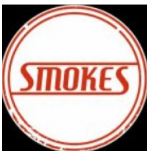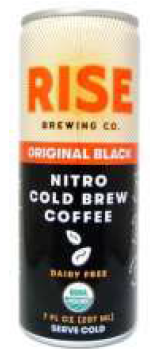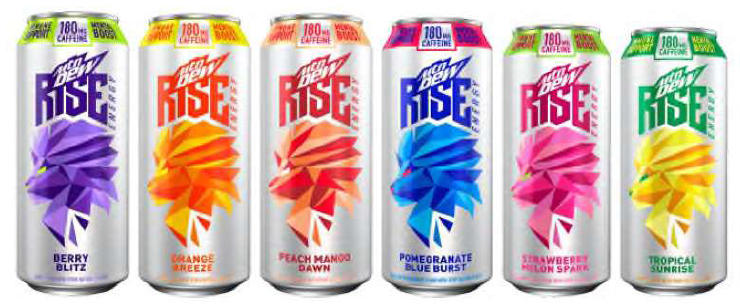Despite evidence of actual confusion and seemingly similar services, the US Court of Appeals for the Tenth Circuit upheld a district court’s noninfringement finding concerning two nearly identical education-related marks because the parties targeted different goods and marketing channels. M Welles & Assocs., Inc. v. Edwell, Inc., Case No. 22-1248 (10th Cir. May 31, 2023) (Ebel, Bacharach, JJ.) (Tymkovich, J., dissenting). In his dissent, Judge Tymkovich criticized the lower court for characterizing the scope of the parties’ services too narrowly and observed that “[a]ny court can find some differences between businesses and markets at a particular level of generality.”
M Welles & Associates provides classes, seminars and certification workshops in the project management space under the brand name EDWEL (derived from “education done well”). The classes are designed for professionals in a variety of industries, including information technology, healthcare, education and the military. Welles primarily advertises its services via social media, Google and email, and further owns a variety of domain names incorporating both EDWEL and EDWELL. The defendant, Edwell, is a nonprofit organization that provides mental health coaching services to schoolteachers using the domain name Edwell.org and the brand name EDWELL (derived from “to be an educator and to be well”). Edwell operates by partnering with schools to provide its services and currently has partnerships with 10 K-12 public schools. Edwell does not target institutions of higher learning and does not offer services to corporations.
Welles first learned of Edwell’s services when it received a call from a potential customer asking about classes at Denver North High School—classes that were in fact offered by Edwell, not Welles. Welles sent a cease-and-desist notice to Edwell, which rebranded to “Educator Wellness Project” for a short time before reverting back to EDWELL. Welles then sued Edwell for trademark infringement, and the district court found that there was no likelihood of confusion. Welles appealed.
Welles raised three arguments on appeal:
- The magistrate judge used the wrong legal standard in assessing likelihood of confusion.
- The Tenth Circuit should adopt a presumption of confusion.
- The magistrate judge clearly erred in the analysis of Edwell’s intent, the similarity of the parties’ services and marketing, the degree of purchaser care and actual confusion.
Welles also moved to supplement the appellate record with new evidence of actual confusion that occurred after the trial.
Supplementation
The Tenth Circuit first addressed Welles’s motion, finding that there was no legitimate basis for supplementing the record. Fed. R. of Civ. P. 10(e) permits a court to modify the appellate record “only to the extent necessary to ‘truly disclose what occurred in the district court.’” Because the new evidence of actual confusion was not before the district court, the Tenth Circuit concluded that Rule 10(e) would not permit it to be added to the record. The Court further reasoned that the rare exception to Rule 10, which permits the court to supplement the record to correct misrepresentations, demonstrate mootness, or raise an issue for the first time on appeal, did not [...]
Continue Reading
read more

 Subscribe
Subscribe







